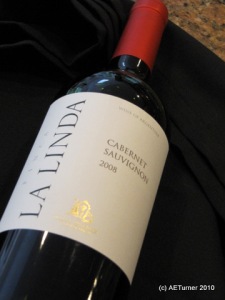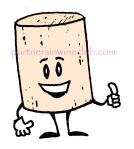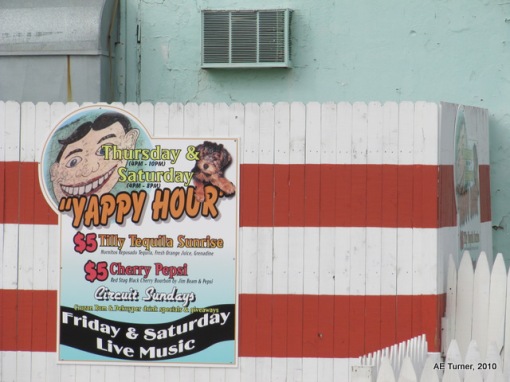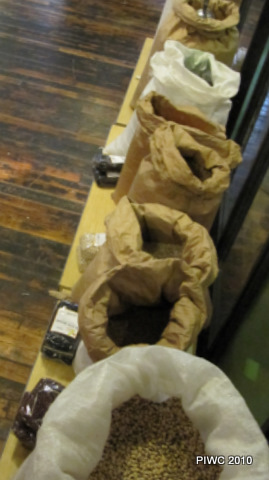[tweetmeme source=”PIWC2” only_single=false]

Great New Zealand Sauvignon Blanc
You heard of The Boys of Summer, now get ready for The Wines of Summer.
Some of us love big California Cabernet’s. There’s nothing better than one with a big, juicy steak. Yet, when the temperature soars you may want something a little bit more refreshing.
As the warm weather approaches, the thrill of the grill takes center stage. BBQ and grilling may be a little bit more forgiving when if comes to cooking styles, but it usually means lots of rubs, sauces and marinades. When pairing wine with BBQ or grill remember the dominate flavor of the dish. A lot of BBQ and grilling will consist of heavy sauces and marinades that dominate the plate, so it’s best to match the wine to the topping. Still, when it comes to a big juicy steak, who can argue for anything less than a big red wine.
If you do find yourself outside one summer eve, thirsting for something a little different, may we suggest the following pairings:
For lightly grilled fish and shellfish try a pairing with a great New Zealand Sauvignon Blanc
Suggested wine: Cloudy Bay, Sauvignon Blanc, NZ 2008, 92 points WS, 92 points W&S
For richer fish try a lightly oaked Chardonnay
Suggested wine: Signorello Estates Chardonnay-Vieilles Vignes 2007, 90 points WA
For a great grilled salmon try a lovely Pinot Noir
Suggested wine: Iron Horse 2008 Pinot Noir
For BBQ ribs or red meat with heavy sauces try an Australian Shiraz Californian Syrah or Spanish Grenache (Garnacha)
Suggested wine: Heron Terra Alta Sexto 87 points WS
Steak, no sauce, try a medium bodied Cabernet Sauvignon or Bordeaux blend
Suggested wine: Ramey Claret 2006 90 points IWC
Grilled Lamb, try an Australian Shiraz or even a Rioja
Suggested wine: Bodegas Muga Reserva 92 points IWC
For good Texas BBQ or other inspired recipes, don’t forget to visit Chef E.
Cheers and Tweets!, Adrienne, PIWC















